1. Introduction
In China, there is a long history of the circulation and transformation of money. Shell coins, which are derived from the barter trade method, are the most primitive coins that appeared in the Shang and Zhou dynasties. Since then, money has been changing over time and even evolved to different new currencies such as Qin Banliang, a coin which has a round edge and square hole, in Qin Dynasty. For all currencies, its core value as a medium of exchange is eternal, but its ancillary values like text, shape, weight, and pattern were varied. From our observation regarding the aforementioned ancient coins, the ancillary values' transformation was mainly caused by insufficient knowledge, ancient beliefs, the convenience of the transactions, anti-counterfeiting, internal affairs, and the purpose of strengthening the centralization.
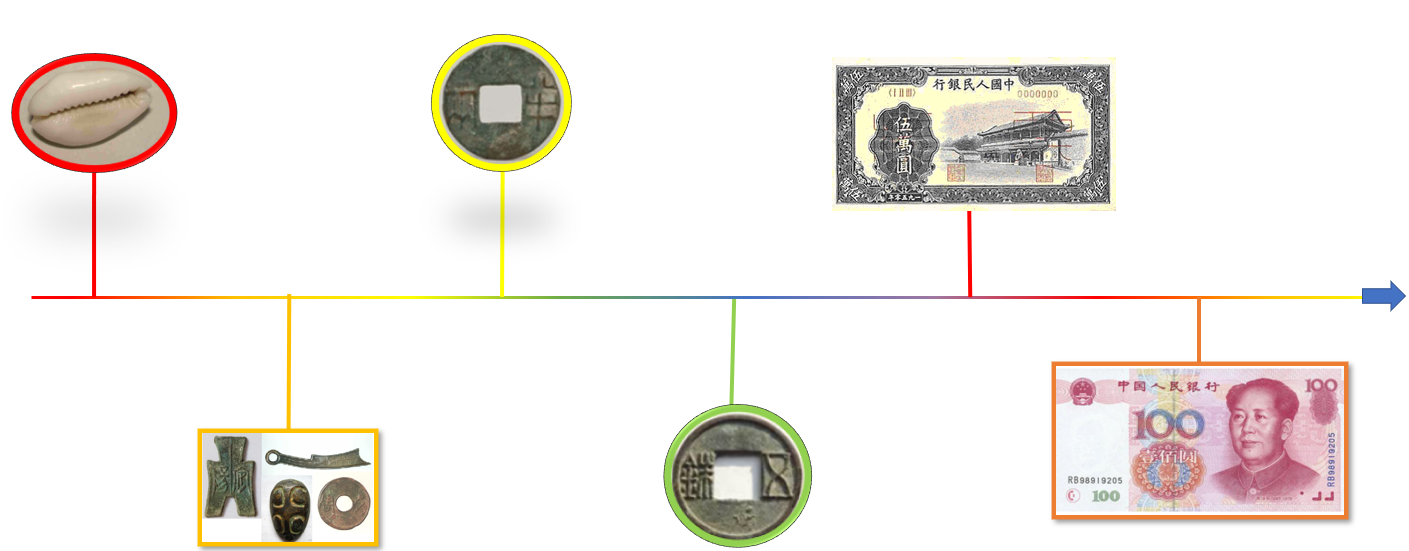
Figure 1. Evolution of currency in China
Now, the era of the circular coin with a four-sided hole is over, Renminbi has been the Chinese official currency for more than 70 years. Yet the ever-changing nature of the currency's ancillary values remains constant. We use money daily, and we are also aware of the change in the appearance of banknotes over the years, but seldom do we contemplate the reasons behind such transformations. It is time for us to learn about the less obvious but in-depth messages carried by these small pieces of paper. Therefore, this research aims to investigate the change in the ancillary value of currencies in China through a cultural geographical perspective.
2. A Cultural Geographical Perspective on Currency
From a cultural geography perspective, culture refers to people’s beliefs and values. With experiences and influence from other parts of the world, culture changes from time to time. For example, under globalization, many Chinese would value individualization rather than collectivism. Meanwhile, both the history and the present factors forming context help shape society, thus explain the particular existence of phenomena and lead to some changes. Some of the contexts would be law, environment, climate, etc. Consequently, from a cultural geography perspective, the culture and context are tentative to change, together they form a “place” and traces have arisen from culture. Under constant development, culture, thus people’s behavior and traces do not stay the same but alter bit by bit.
In our project, we are focusing on the evolution of currency in China over the years. The truth is that currency is a "place” in cultural geography that combines many different traces. Not only is currency affected by the economy and business when tracing back to the years, factors like the Chinese people's education level also resulted in the currency used in the past. We aim to find out reasons of the changes in the currency as a place.
The following study will evaluate how the political and social status was back in the days in China led to the changes in Chinese currency. We try to find some common trend to the alterations in order to indicate their ancillary values. On the other hand, by comparing the currencies, including coins and cash, we also discover how Chinese people wanted to use currency this trace to preserve their culture and boost the country’s development too.
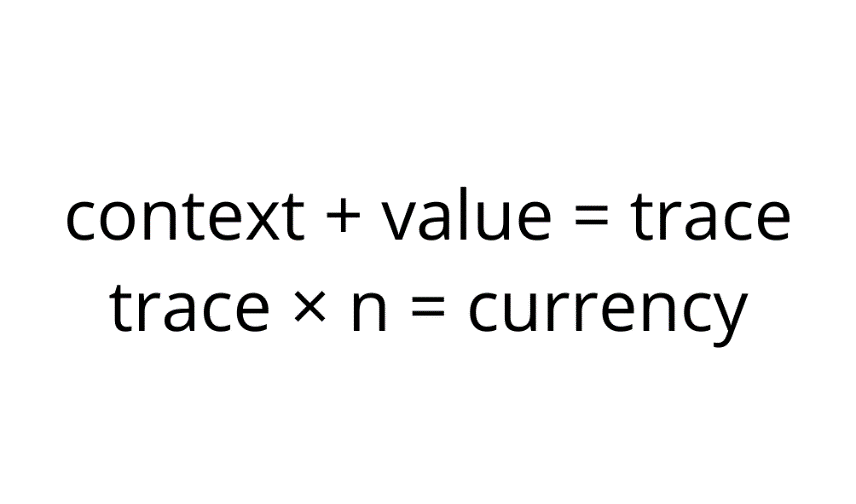
Figure 2. Cultural geography concept
3. Empirical analysis
Our research covers both ancient and modern Chinese currency. Since the Renminbi (RMB) brings us a greater insight into how the currency will evolve in our future, the cultural geography of the first and fifth series (latest series) of the Renminbi will be highlighted in this section. And we focus on two aspects reflected by the traces on Renminbi's pattern-- target reader and convenience.
First Series of Renminbi
To understand the traces on the first series of Renminbi, one must appreciate its production history. In brief, this currency was published amid the civil war between the Communist Party of China (CPC) and the Kuomintang Chinese Nationalist Party. The CPC won and governed the mainland. It is conceivable that the resident’s faith in the new government dropped. From the CPC’s point of view, gaining citizens’ trust is of utmost importance. Therefore, it published a down-to-earth design for the first series. The banknote pictures reflect the agricultural and industrial production at that time, such as workers and farmers, and factories. As such, the worker class would consider the CPC government as a considerable political power and resulted in crowd support directly. By addressing the internal target, the goal of maintaining political stability was achieved.

Figure 3. A version of first series Renminbi that shows workers and farmers
(Source: The People’s Bank of China, 2011)
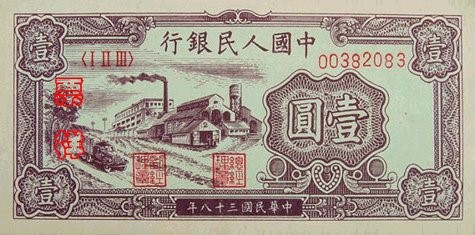
Figure 4. A version of first series Renminbi that shows factories
(Source: The People’s Bank of China, 2011)
A trace of the first series Renminbi---having huge denomination --- appeared after the following event. In 1950, citizens began to spend the Renminbi extensively due to the fear that it would devalue. As such, the velocity of the money skyrocketed. The inflation pressure became high; As a result, the denomination of the first series of Renminbi was raised, even up to RMB 50,000 (Cheung, 2009). You may ask why the People’s Bank of China would issue a version with a new and larger denomination? If we observe China’s geographical context---price levels in 1950, (Table 1), we will understand the value of convenience was influential. As money's core function is facilitating exchange, it is senseless to keep using banknotes with a low denomination. To sum up, inflation coupled with the emphasis on convenience, promoted the appearance of the huge denomination in the first series Renminbi.
Table 1. Price levels in 1950
(Cheung, 2009)
|
Item |
Amount |
|
Price of rice in Tianjin |
RMB 2150 per jin |
|
Daily income of tricycle driver |
RMB 7000-8000 |
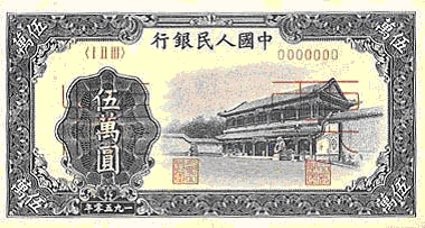
Figure 5. The front appearance of first series Renminbi for RMB 50,000
(Source: The People’s Bank of China, 2011)
Fifth Series of Renminbi
The extrinsic values of Renminbi have changed dramatically from unifying currencies into spreading Chinese personality traits, strengthening ethnic fusion, as well as boosting the tourism industry in China, which shows a transition in China’s future development plan, from focusing on the own country to the world, in which China aims to become the world’s foremost economy to avoid suppression of other nations.
In the fifth series of RMB, several characteristics, such as using different languages, images of most appreciated flowers, and renowned tourist scenic spots, are added. In addition to Pinyin, four other ethnic minority languages are printed to demonstrate China’s goal in promoting ethnic unity. The flowers in the center, such as plum blossom, indicate China's significant spirits and Chinese personality. These alterations in banknotes are expected to influence youngsters to understand Chinese culture for educational purposes. Moreover, a significant trace in revealing the impact of adopting photos of China's cultural landscape on RMB banknotes is the increasing attention of both Chinese and foreigners to these tourist attractions. As a tourist, you will be aware of the money. Having the hottest checked-in attractions, such as the Guilin landscape on the notes are notable soft power promotion and align with China’s development plan to foster economic growth remarkably.
Also, the obverse of the fifth series of banknotes includes a portrait of Mao Zedong in remembrance of his thoughts. Mao Zedong, a communist leader, gained support and trust in his times. The change in cultural traces of RMB is due to the aim to positively inspire numberless people in modern days, as well as anticipating adolescents to “Serve the People”.
Since the reform and opening up of China in 1978, China’s economy has bloomed and has now become the world's largest economy (on a purchasing power parity basis), manufacturer, merchandise, exporter and importer, and holder of foreign exchange reserves. (Falianty, 2019) Chinese are getting more and more wealthy, thus, processing increasing purchasing power, the use of Renminbi is expected to become more and more universal. There is a need to autonomize the transaction of banknotes to sustain the economic growth and maintain the efficiency. Thus, the fifth series of Renminbi has included over twenty security measures. Shops and banks can use currency detectors to verify the genuineness of notes and coins. The quality and reliability of the fifth series of Renminbi has vastly improved, especially focusing on the technological input. For instance, the portrait of Mao Zedong as relief, microprinting and optical variable ink. These features prevent the counterfeit of Renminbi, also promoting the implementation of modernized autonomic transactions.
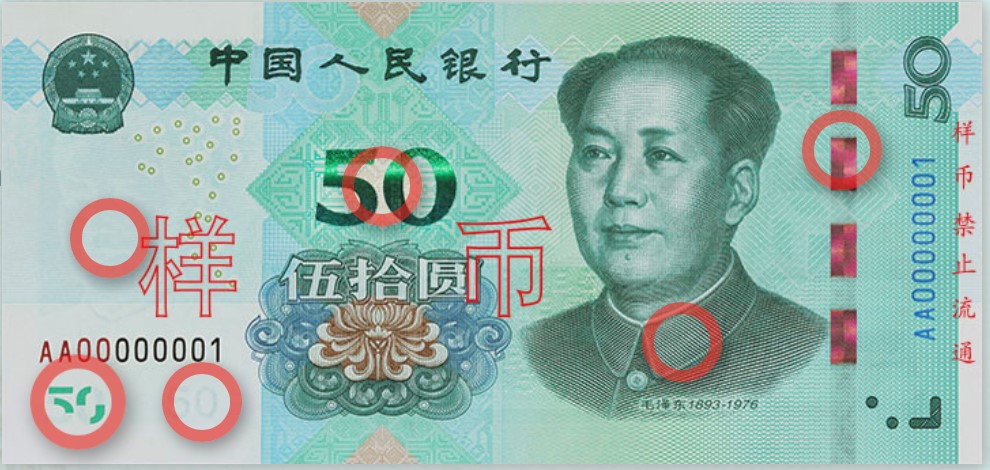
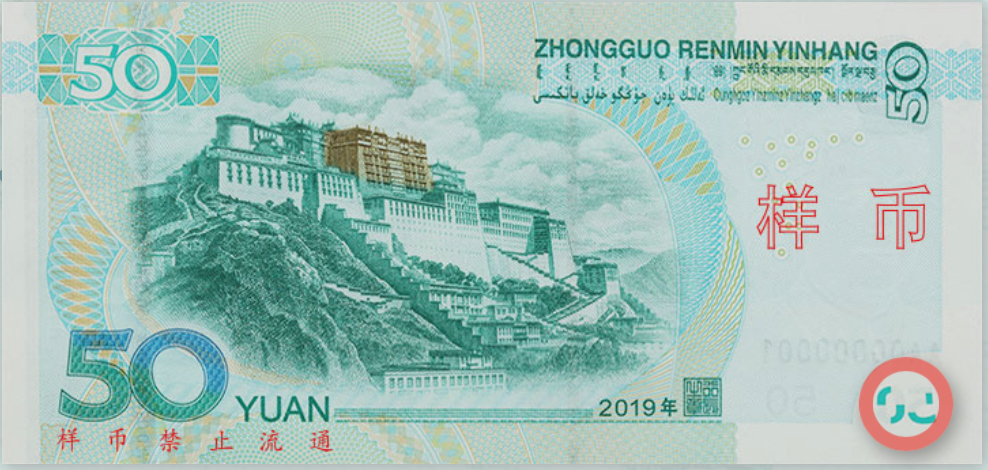
Figure 6. The security measures of fifth series Renminbi for RMB 50
(Source: The People’s Bank of China, 2019)
Other than improving its security measures, Renminbi has also included braille on the front of banknotes since the fourth series of Renminbi. There were almost 18 million people with visual impairment in China in 2018 and they accounted for around 20% of China’s total disabled population. (China Association of the Blind, 2018) With such a large community who live in constant darkness, it is very important to make them feel included in society and help them in their everyday lives. With braille on the banknotes, blind people can tell the domination of the currency easily. This has greatly improved the convenience of using Renminbi for them, not only promoting the rights of people in need, but also encouraging the unity of people to embrace people with different needs. This measure has made Renminbi more convenient and a symbol of social harmony.
From the above analysis, we can conclude that the target reader was shifted from internal (mainland Chinese) to global and the convenience of Renminbi was kept.
4. Conclusion
From the cultural geography perspective, through the appearance of ancient coins and modern Chinese currency both reveal the culture at that period. Those currency show what values are essential: region, internal affairs, convenience, and diversity. It indicates people’s beliefs and values are keeping on changing over the years.
Until now, there are more methods to make payment eg digital Renminbi. Although the convenience of Renminbi was kept, it also loses other values. The value of the currency is narrowing. Nowadays, users care about the effectiveness and convenience more than others value of the currency. Together with China’s stronger participation in globalization, in the future, e-payment of Renminbi without geographical constraint will be more popular.
References
Cheung, L. (2009). 新中國第一次通貨膨脹與第一套人民幣面額結構的形成 [New China’s first inflation and the formation of the first series of RMB denomination structure]. Hebei Finance, 6(3).
China Association of the Blind. (2018). NGO Alternative Report on the Implementation of Convention of the Rights of the Child. Retrieved from China Association of the Blind - Ohchrwww2.ohchr.org › english › bodies › crc › docs › ngos
COVID-19 to drive digital payments take-up in Hong Kong. (n.d.). Retrieved October 18, 2020, from https://hongkongbusiness.hk/financial-services/news/covid-19-drive-digital-payments-take-in-hong-kong
Falianty, T. (2019). Renminbi in ASEAN Economy: How ASEAN responds to Renminbi Internationalization. Journal of Economic Cooperation & Development, 40(3), 1– 24. Retrieved from http://easyaccess.lib.cuhk.edu.hk.easyaccess2.lib.cuhk.edu.hk/login? url=https://www-proquest-com.easyaccess2.lib.cuhk.edu.hk/docview/2337330422? accountid=10371
The People’s Bank of China. (2011, March 26). The First Series of RMB. Web.Archive.Org. https://web.archive.org/web/20110326050342 http://www.pbc.gov.c/n/publish/huobijinyinju/664/index.html
The People’s Bank of China. (2019). Banknote of the Fifth Series of RMB. Retrieved from http://www.pbc.gov.cn/rmyh/2019rmb/index.html


